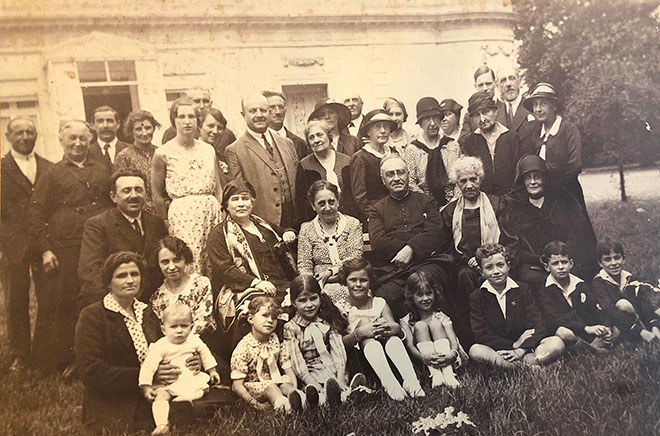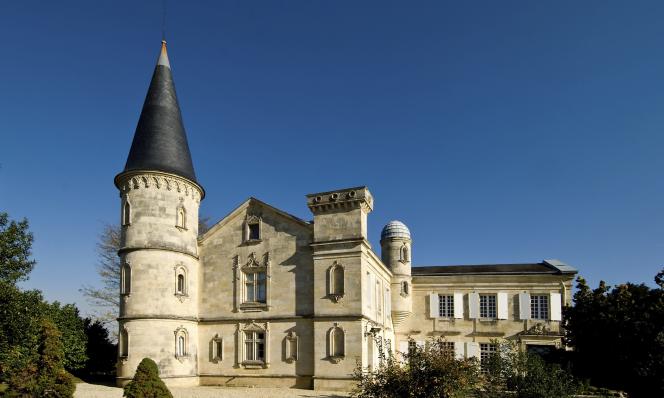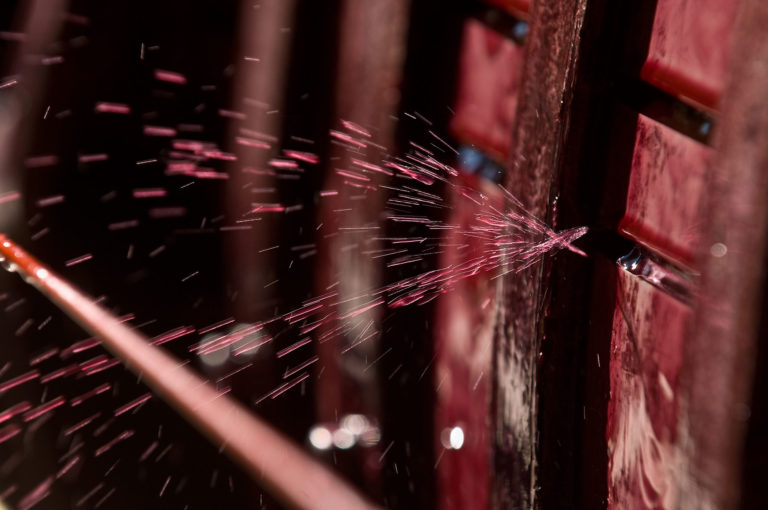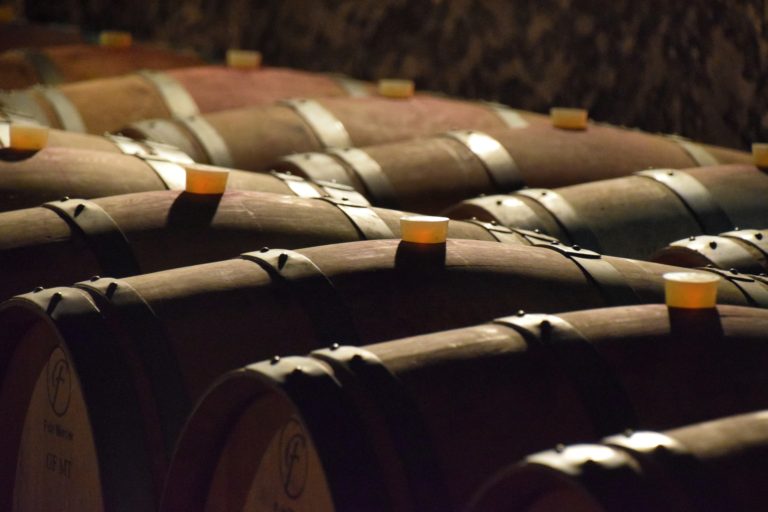The plots of Château Verdignan extend over 60 hectares in Saint-Seurin-de-Cadourne, a neighboring town of Saint-Estèphe in the canton of Pauillac. Around the castle are 40 ha of beautiful gravel and clay soils.
A family story
Originally from Tarn et Garonne, the Miailhe family settled in Portets in the Graves then in Bordeaux. Known as a wine broker; the first to enter this profession was Elie, appointed Courtier Royal by letter patent in 1793 (source departmental library). The brokerage office of the same name only saw the light of day in 1818 (family source). Successive generations exercised this profession without interruption. Jean Miailhe was the last to live from this activity, which he stopped in 1970. The first member of the Miailhe family to become a winegrower in the middle of the 19th century was Frédéric (Château Siran) by chance in his private life: his marriage. Later, during the major wine crises of the 1920s to 1950s, his two sons Louis and Edouard completed their brokerage business by investing in other Médoc wines. Since the sale of Pichon Comtesse by May Eliane de Lencquesaing (daughter of Edouard), the last winegrower of this family branch is his nephew Edouard Miailhe in Siran. For the descendants of Louis, only his son Jean remained in viticulture in Coufran then in Verdignan. Since the 1980s, his two children Marie Cécile Vicaire and Eric Miailhe have taken over.


History of the château
Known for being one of the oldest wine properties in the canton of Pauillac, and certainly the oldest in Saint Seurin de Cadourne, Verdignan is first noticed by the very beautiful architecture of its castle. The estate remained in the same family from the end of the 18th century until 1934, which shows that the former owners liked to stay in this place steeped in history with its breathtaking view. The castle is still imposing although it lost 1/3 of its surface on the south side following a fire in the 1940s. Many photo enthusiasts who stop there find an architectural similarity to other Médoc constructions prior to this part of the 18th century. On the stone lintel of the oldest door of the Verdignan vat room is a date: 1720. The abbeys have held the know-how of winemaking for many years. It is therefore not surprising that the vat room of Verdignan was built a few hundred meters from the old abbey of Cadourne, a well-known stopover for the pilgrims of Compostela who crossed the estuary when arriving at the port of the village called La Maréchale. This port which was also a frequent place of loading of the barges to bring the barrels of wine to Bordeaux.
Wines
The grassing of the soil, leaf stripping after flowering and negative harvests allow the grapes to ripen in the best conditions. "The harvest is thus done "à la carte", always the Merlots first then the Cabernets later." This period requires a lot of attention and precision from them because they have to take care to optimize the quality of their harvest by grouping together the different shades of quality by grape variety (terroirs and age of the vines). Vinification is carried out according to the traditional Bordeaux method in stainless steel vats controlled by a temperature regulation system. The work of the vats (pumping over, punching down, shedding, etc.) and the duration of maceration are determined according to the characteristics of each vintage and above all the type of wine sought. At the end of the alcoholic and malolactic fermentations, various selection tastings are carried out before the final blending of the 1st wine carried out in December by the consulting oenologist Mr Eric BOISSENOT. Only 2/3 of the production will be retained for the 1st wine. This in order to best express their atypical grape varieties in Coufran and to produce a great wine for laying down which is each year at the top of the range of the appellation. The aging in barrels is done for 12 months with a renewal in new wood by 1/4 each year (only in French oak). On the occasion of fining, in the spring of the second year, a final blending takes place to ensure that the Grand Vin bottled is perfectly homogeneous. The bottles are then stored in an air-conditioned room to optimize their aging and provide customers with perfectly preserved ready-to-drink wines.



89 /100
- Haut-Médoc
- 060 hectares
- fGravel (80%), Clay-limestone
- 400,000 bottles per year
Pour en savoir plus, téléchargez notre fiche technique :

